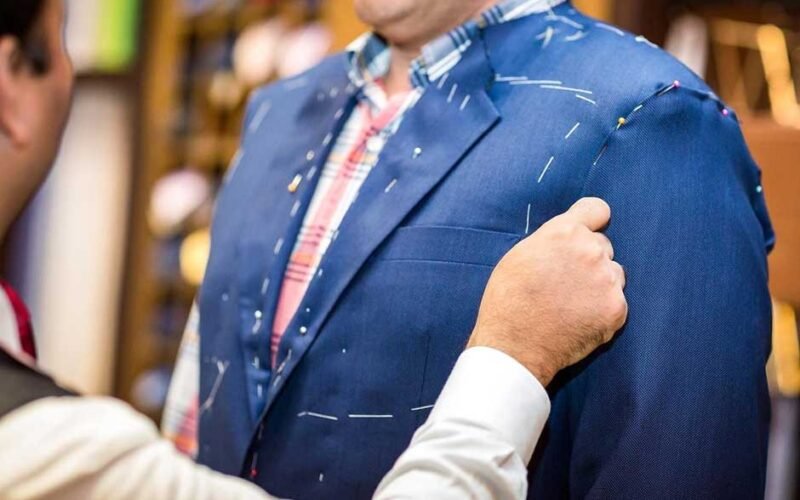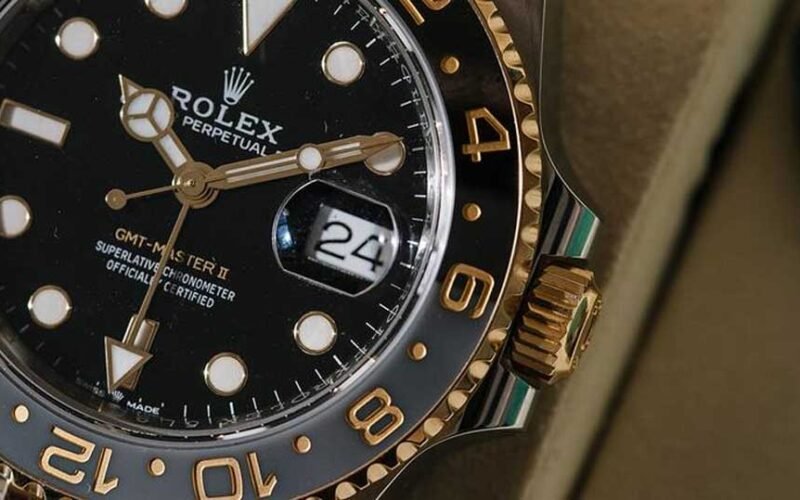When you see a man or woman confidently walking into a room wearing a perfectly tailored suit, it’s not just the outfit that makes a statement—it’s the story behind it. Creating the perfect suit is a nuanced process that merges tradition, craftsmanship, and individual expression. From fabric selection to final fitting, every detail contributes to the suit’s ultimate sophistication and fit. If you’ve ever wondered what transforms a simple garment into a sartorial masterpiece, here’s a deep dive into the craftsmanship behind the perfect suit—and why custom suit options are increasingly becoming the gold standard.
1. The Foundation: Understanding Purpose and Style
Before a single stitch is made, a good tailor or designer will ask one essential question: What’s the purpose of this suit? Is it for a wedding, a job interview, daily office wear, or a gala?
This initial step is crucial because the suit’s function influences every subsequent choice, from fabric weight to style details.
Style also plays a major role. While the classic two-button, notch-lapel suit is a staple, the options are vast—double-breasted jackets, peaked lapels, and bold patterns allow for expression. This is where custom suit options shine, offering the wearer the ability to tailor not just fit but personality into their attire.
2. Selecting the Right Fabric
Fabric is the soul of the suit. It dictates how the suit drapes, breathes, and performs over time. Wool remains the most popular choice due to its versatility, available in various weights and weaves. Other fabric choices include:
- Cotton: Lighter and breathable, perfect for summer suits.
- Linen: Lightweight and airy, though prone to wrinkling.
- Silk or Mohair: Adds luster and luxury, often used in evening wear.
- Blends: For increased durability or stretch.
This step allows clients to touch, feel, and visualize how the suit will behave in different conditions. With custom suit options, you can also select eco-conscious or rare fabrics for a truly unique piece.
3. Measurements: The Art of Precision
Measurements are not just about shoulder width or inseam length—they’re about balance and proportion. A skilled tailor will take up to 30 different measurements to ensure a flawless fit, including nuances such as posture, arm position, and body asymmetries.
This is another area where custom suit options are invaluable. Off-the-rack suits offer standardized sizing, while custom or bespoke suits conform precisely to your body, ensuring comfort and elegance.
4. Canvas Construction: Floating vs. Fused
The inner structure of the suit jacket—what you don’t see—is key to its shape and longevity. The two main construction types are:
- Fused Canvas: A glue-based interface often used in mass-market suits. It’s affordable but lacks durability and breathability.
- Full or Half Floating Canvas: A layer of horsehair or wool sewn into the fabric that molds to the wearer over time. It’s the hallmark of high-quality suiting.
Choosing a floating canvas is one of the most defining custom suit options you can make, and it significantly affects both comfort and style longevity.
5. The Craftsmanship: Cutting and Stitching
Once the fabric is chosen and measurements taken, the cutting process begins. This is not a generic, cookie-cutter process. The cutter uses your measurements to create a personal pattern, which will guide every element of the suit’s construction.
Expert stitching comes next—hand-stitched suits boast finer details and better flexibility. This craftsmanship ensures smooth seams, durable edges, and a professional finish. The more intricate the details (e.g., hand-sewn buttonholes, pick-stitching), the higher the artistry—and the cost.
6. Style Details and Personalization
Here’s where your personality truly shines. Style details can be customized for a suit that speaks uniquely to you:
- Lapels: Notch, peak, shawl—each sends a different message.
- Pockets: Flap, jetted, patch—functional and aesthetic choices.
- Buttons: Choose materials like horn, metal, or mother-of-pearl.
- Lining: Often hidden, but can be a place for bold colors or monograms.
- Trousers: Pleated or flat front, cuffed or uncuffed, belt loops or side tabs.
With bespoke tailoring and the full range of custom suit options, no detail is too small. Whether you’re adding a personal logo inside your jacket or selecting a unique thread color for buttonholes, the possibilities are endless.
7. Multiple Fittings: Sculpting the Fit
The road to a perfect suit involves multiple fittings, especially in the bespoke world. At each stage, adjustments are made to bring the garment closer to perfection.
- Basted Fitting: A rough version of the suit is temporarily sewn together to test its overall shape and balance.
- Forward Fitting: More refined; focus shifts to mobility and comfort.
- Final Fitting: Fine-tunes every detail—sleeve pitch, waist suppression, and hem length.
This iterative process is time-consuming, but it’s also what elevates a suit from good to extraordinary.
8. The Final Product: A Signature of Elegance
When the final suit is delivered, it’s not just an outfit—it’s a testament to patience, collaboration, and craftsmanship. It fits like a second skin, moves with your body, and enhances your best features.
It also becomes a versatile asset. A well-made navy or charcoal suit can serve in nearly any formal occasion, while more daring designs make statements at high-profile events.
9. Why Custom Suit Options Matter More Than Ever
The modern consumer is more conscious about quality, sustainability, and identity. Mass-produced garments often fall short in these areas. That’s why custom suit options have surged in popularity.
- Fit: Nothing beats a suit that’s made for your unique shape.
- Durability: Quality construction means the suit lasts for years.
- Sustainability: Custom suits reduce waste and encourage mindful consumption.
- Self-Expression: Style is personal. Customization lets you show who you are.
Whether you’re new to suiting or a seasoned connoisseur, investing in a custom suit is a move toward timeless elegance and confident self-expression.
10. The Tailor as Artist
Perhaps the most overlooked element in suit making is the tailors themselves. A great tailor is part technician, part artist. They interpret your needs, evaluate your posture, anticipate how fabric will settle, and visualize the end result before even making the first cut.
They’re not just making clothing—they’re curating an experience that leaves you feeling empowered, understood, and impeccably dressed.
The Making of a Masterpiece
Creating the perfect suit is an intricate journey. It involves thoughtful decisions at every stage—from selecting the right fabric and design details to trusting a skilled tailor with your vision. It’s a process that rewards those who value individuality, comfort, and enduring style.
Today, custom suit options offer unprecedented control and creativity, enabling you to own a garment that reflects your personality and meets your specific needs. It’s more than just a suit—it’s a symbol of who you are and how you choose to show up in the world.
So, next time you slip into a well-fitted suit, remember: it’s not just fashion. It’s a masterpiece in motion.










